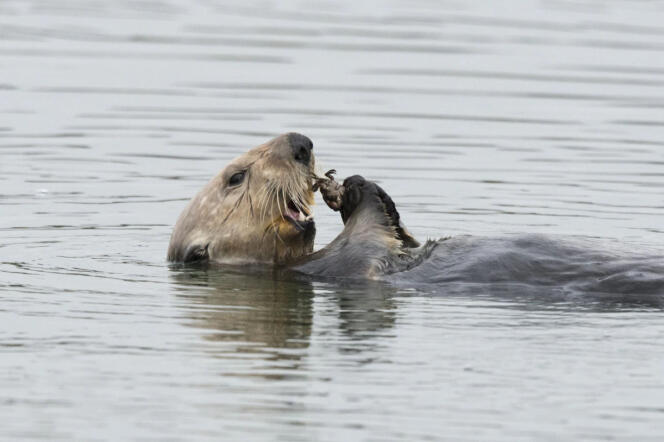


Of all the great predators, humans are undoubtedly the most voracious. For centuries, we have been methodically eliminating our greatest competitors. But history sometimes thumbs its nose at us. At a time when our excesses threaten to make the planet uninhabitable, ecologists are proposing that we call on the great predators to help us save what can still be saved. Their argument is based on the spectacular effects of the return of these animals to the top of the food chain.
An illustrative example is the increase in wolf populations in Yellowstone Park in the US, which has been accompanied by an increase in cover crops and greater stabilization of riverbanks. The reason given: wolves devour elk. If left unchecked, these charming cervids will eat everything in their path, including shoots and roots. "Controlled experiments were lacking to prove this cascade effect," wrote Swedish ecologist Johan Eklöf in an article published in the January 31 issue of Nature.
This has now become a reality, thanks to another iconic animal in the US: the sea otter. In the elk's role is a small striped crab named Pachygrapsus crassipes. In the same issue of Nature, an American team published a study demonstrating how the mustelid's return to a California salt marsh has halted ecosystem degradation, despite the continuing pressures inflicted by humans. The magazine has even devoted its front page to the subject.
The sea otter, the world's smallest marine mammal, long populated all American coastal areas until the fur industry decimated it in the 18th century. In California, only a small group remained on the Big Sur coast. In the mid-1980s, taking advantage of protection measures, a few individuals returned to the Elkhorn Slough estuary. By the end of the 2000s, they numbered over a hundred.
Brian Silliman's team at Duke University saw this as the ideal terrain for verifying what Brent Hughes, the article's first signatory and now a researcher at Sonoma University, calls the "top predator effect." The name is apt. Otters ingest more than 20% of their body weight every day, with a clear preference for the crab P. crassipes. This crustacean is a veritable poison for riverbanks: not only does it dig burrows, but it also devours saltwort, a proven bank stabilizer.
The team carried out a series of temporal, spatial, and experimental analyses. They showed that the rate of bank erosion at Elkhorn Slough declined as the otter population increased. But not just anywhere: environmental resistance (soil and biomass) was concentrated where mammals were most numerous, with erosion falling by up to 90% in the most populated areas. Finally, the researchers isolated 5 of the estuary's 13 creeks for three years, keeping them off-limits to otters. And bingo! Where otters lived, they saw a sharp reduction in the number of crabs and burrows – and an increase in the concentration of saltwort and soil density. This was not at all the case in the zones that had been off-limits to the otters. Otters, crabs, riverbanks: the demonstration appears quite complete.
You have 15% of this article left to read. The rest is for subscribers only.
